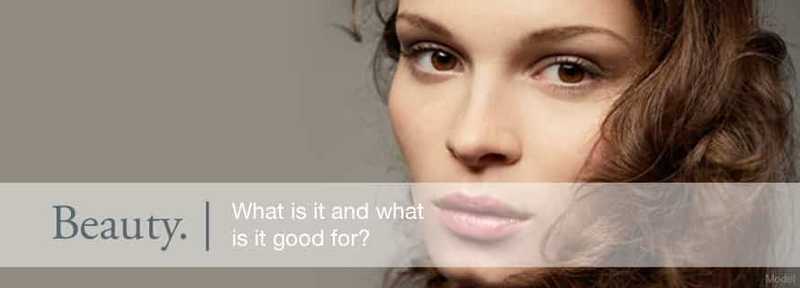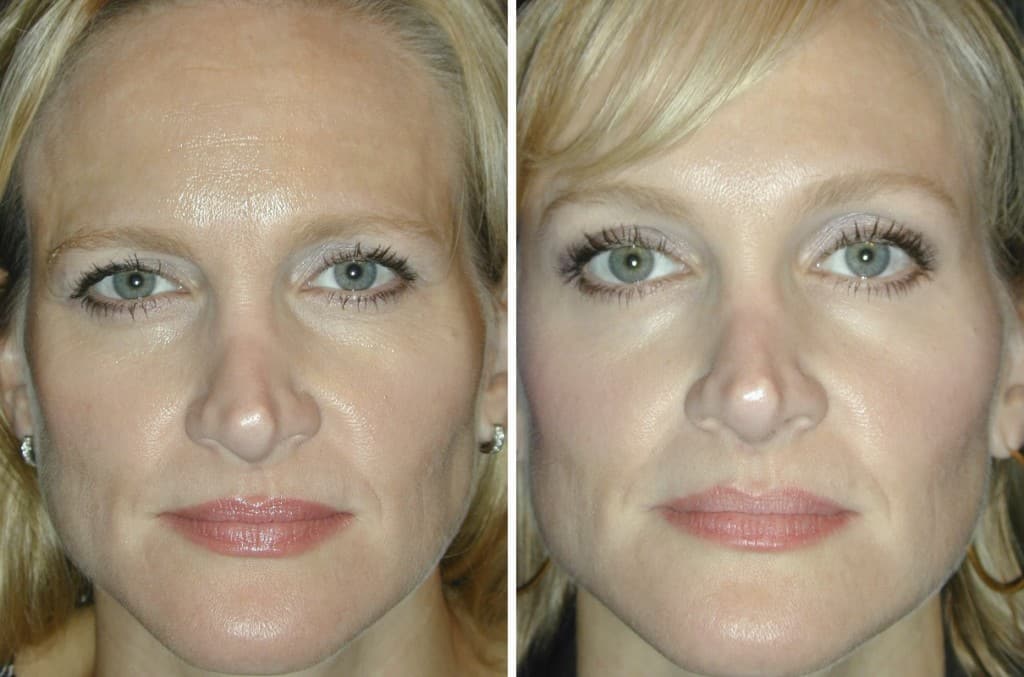Beauty is defined by Webster as the quality or aggregate of qualities in a person or thing that gives pleasure to the senses or pleasurably exalts the mind or spirit.
Beauty can exist in many forms, but physical beauty is one of the forms that most comes to mind when discussing this subject. Throughout history the importance of beauty has been recognized. In ancient Greece, Aristotle, when asked why people desire physical beauty once replied, “No one who is not blind could ask that question.”
In society and from a practical basis, Nancy Etcoff deftly observed in her book, “Survival of the Prettiest”, that we routinely evaluate the attractiveness of one another on a daily basis. In this book, Ms. Etcoff took a scientific view of beauty and its role in our society. Some of her observations included that our sensitivity to beauty is a biological adaptation governed by brain circuits shaped by natural selection. She noted that babies stare significantly longer at the faces of adults that are appealing and that mothers of “attractive babies” display more intense bonding behaviors. She also observed that we try to please people that we find attractive with no expectation of immediate reward or reciprocal gestures. Finally, attractive adults are more likely to get away with anything, from cheating on examinations to shoplifting.
So beauty has a practical basis in our lives, but is beauty a purely subjective issue. Is beauty only in the eye of the beholder? Is there an objective measure of what we consider beautiful?
A Mathematical Sequence
I’d like to suggest that there is an objective measure and that we are genetically hard wired to find certain things beautiful. This objective measure is mathematical in nature and harkens back to the 1200’s in Italy. During this time a man named Leonardo Fibonacci introduced to his time a mathematical sequence which has previously been described in ancient India and which went as follows.
1,1,2,3,5,8,13,21,34,55,89,144, …
This sequence evolves by taking the 1st number and adding it to the following number to come up with the next number in the sequence.
i.e. 1 + 1 = 2, 2 + 1 = 3, 2 + 3 = 5, 3 + 5 = 8 and so on.
The Golden Ratio
When these numbers are divided from one another, they form a ratio, which approaches 1:1.618. This was referred to as the “GOLDEN RATIO” and was used often in paintings drawn during the Renaissance. This ratio was known as the Golden Ratio because it was noticed in many forms in nature. The ratio was seen in the branching of trees, the arrangement of leaves on a stem, and the arrangement of a pine cone.
This sequence can be described as a curve which is a spiral. This spiral coincides with the spiral in a nautilus.
This spiral can also be seen in the human face. The outline of the ear, otherwise know as the helix, also corresponds with the spiral curve of Fibonacci’s ratio.
These ratios are also seen in many other parts of the face. In fact, the more beautiful faces tended to have certain facial balances that matched the golden ratio.
The Golden Ratio Around Us
During the Renaissance, many painters painted their photos with these ratios in mind. In addition, many architectects incorporated these ratios in their buildings. Notre Dame Cathedral has many ratios of 1:1.618.
Leonard Divinci painted the Last Supper and interestingly, many of these ratios exist in this painting.
These ratios also form the central borders and internal balance of Mona Lisa’s face.
These ratios are most likely perceived below our conscious perception. In fact, it seems the more the human subconscious sees these ratios in life and people, the more the subconscious tells the conscious mind that we are attracted to people and objects demonstrating these golden ratios.
The Golden Ratio In Facial Balance
There has been medical investigation into facial balance and it has been suggested that regardless of ethnic background, the more a face has balance in harmony with the golden ratio, the more attractive that face is perceived.
The Golden Ratio and Facial Plastic Surgery
When we communicate with one another, very little of the actual words come across. It has been estimated that we perceive
- only 7% of the words come across
- 38% of our vocal tone
- 55% non-verbal communication
Our faces communicate a lot for us, but it happens below the level of our consciousness. First impressions are reported to be made in the first seven seconds of meeting one another. Our face is our calling card. We are social beings and routinely, subconsciously evaluate each other based on our facial appearance. Although we like to think we are evolved, egalitarian, and treat every person equally, our brains do in fact influence the way we treat one another, and the other person’s appearance affects the way we relate to that person. This is hard wired into us.
When I help an individual with their appearance, I pay very close attention to facial balance and incorporate many of the principals and ratios in my approach to helping my patients feel and look better. At times, I will restore an individual to a former version of themselves, when their face was more harmonious and in balance. Other times, I’ll reveal an underlying beauty in a face by putting back what was never there or changing a face to reveal the beauty within. Both of these processes allow my patient to reclaim a natural beauty, which was always theirs to have.
Here is an example. This woman was getting comments by others that she was stern or unfriendly. With one quick outpatient procedure, I was able to change one part of her face and restore balance to her face that was consistent with the Golden Ratio. After the simple procedure, she was perceived by others as friendly and more approachable.
If you look at her brows, you can see how the restoration I brought back into her face mirrors the curve in Fibonacci’s curve. This is the way I create results in my patients that are powerful yet very natural looking.
Areas of Communication
There are two main parts of the face that communicate to one another.
- The areas around our eyes.
- The area around our mouth.
As we age our faces can send non-verbal messages that can be inconsistent with the messages we want to send. This is often seen specifically around the eyes. Sometimes through birth and early life, but usually with age, the eyelids can droop and look heavy. This can be due to a lower eyelid height, heaviness of the upper or lower eyelid or due to an eyebrow which is falling into the upper eyelid space. All of these conditions can make that person appear tired, sleepy, older, or sick.
Because this area is a key area for non-verbal communication, what I find so rewarding is that by helping my patients with these conditions, the whole face can look rejuvenated by just working on one key part of the face. When the eyelids are rejuvenated, patients often report that people treat them better and comments about sleepy eyes or looking sick often go away.
I have other procedures I perform to help my patients with the non-verbal communication around the mouth. This, too, can make the entire face look and communicate better. I find this rejuvenation also very rewarding for myself and my patients. I love helping my patients have an edge in communicating with others in the world around us.
For more information about how you can rejuvenate your facial appearance through Tampa eyelid surgery, non-surgical face lift Tampa, or laser skin resurfacing in Tampa Bay Area, Contact Our Office.














